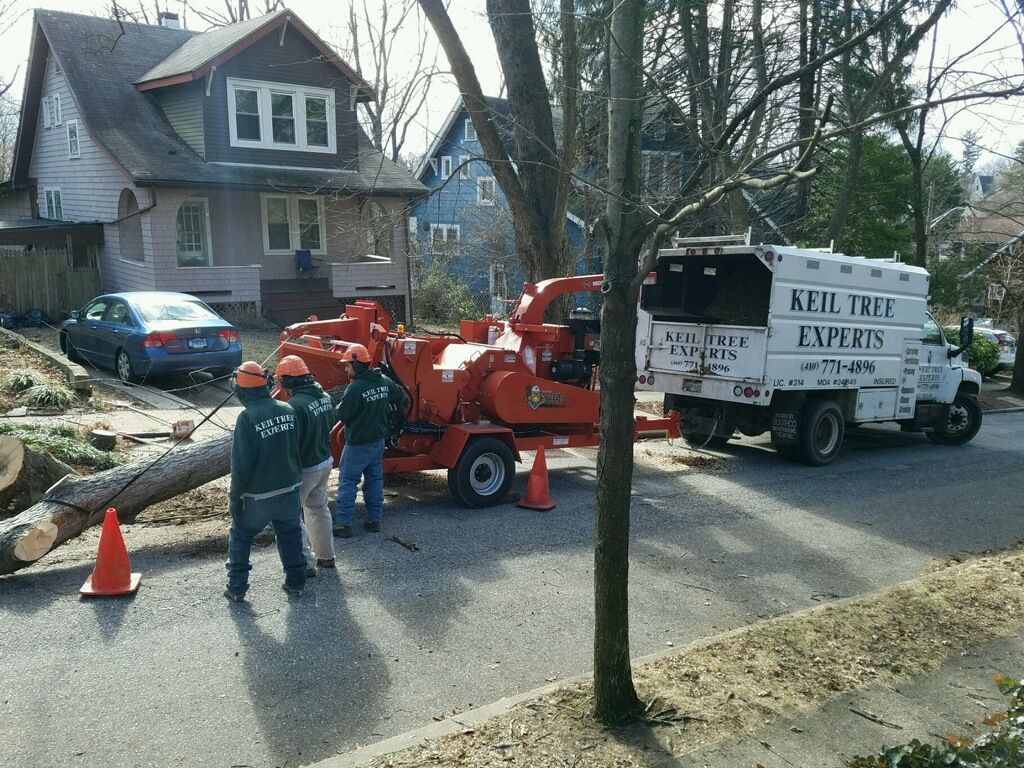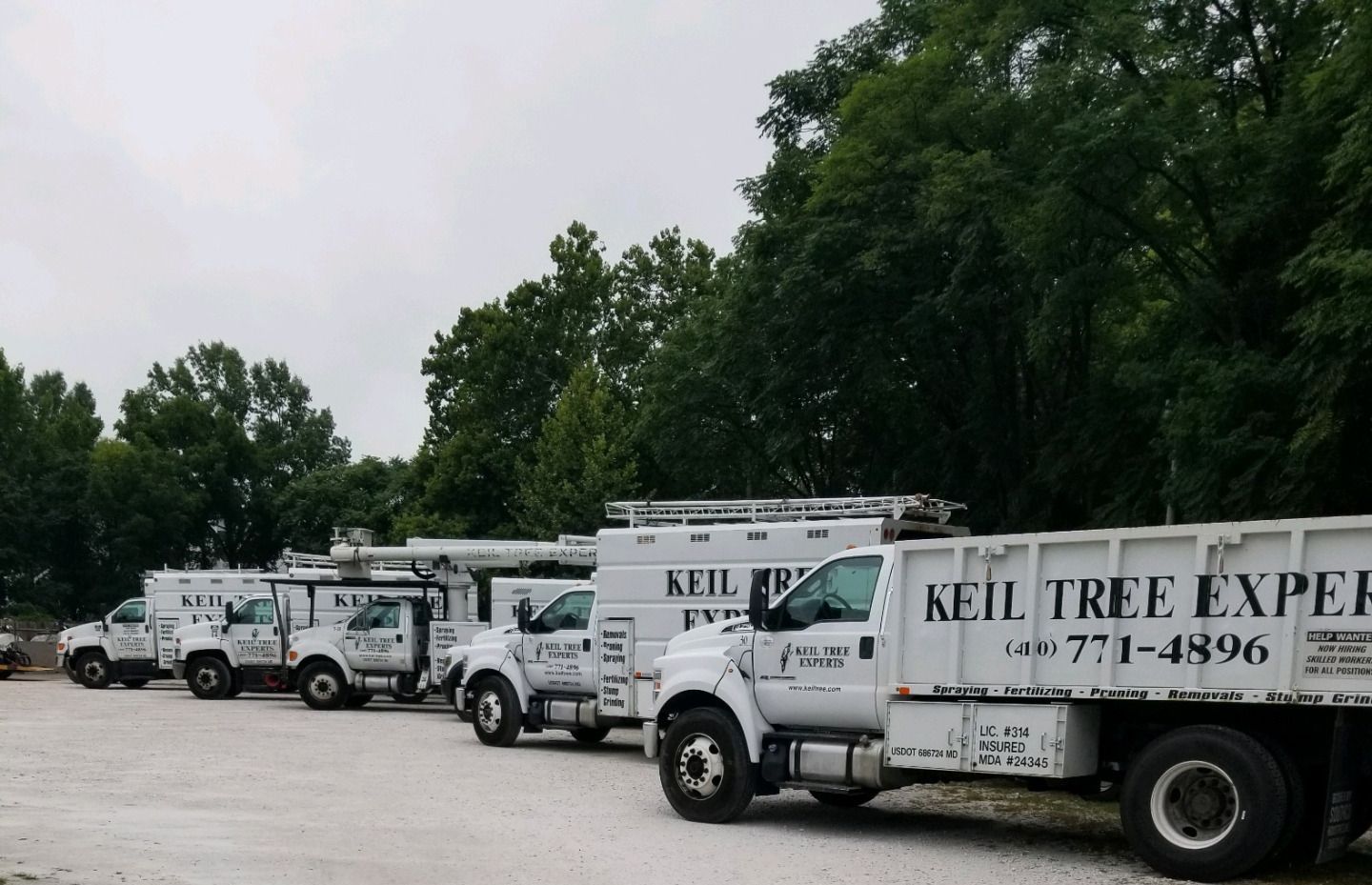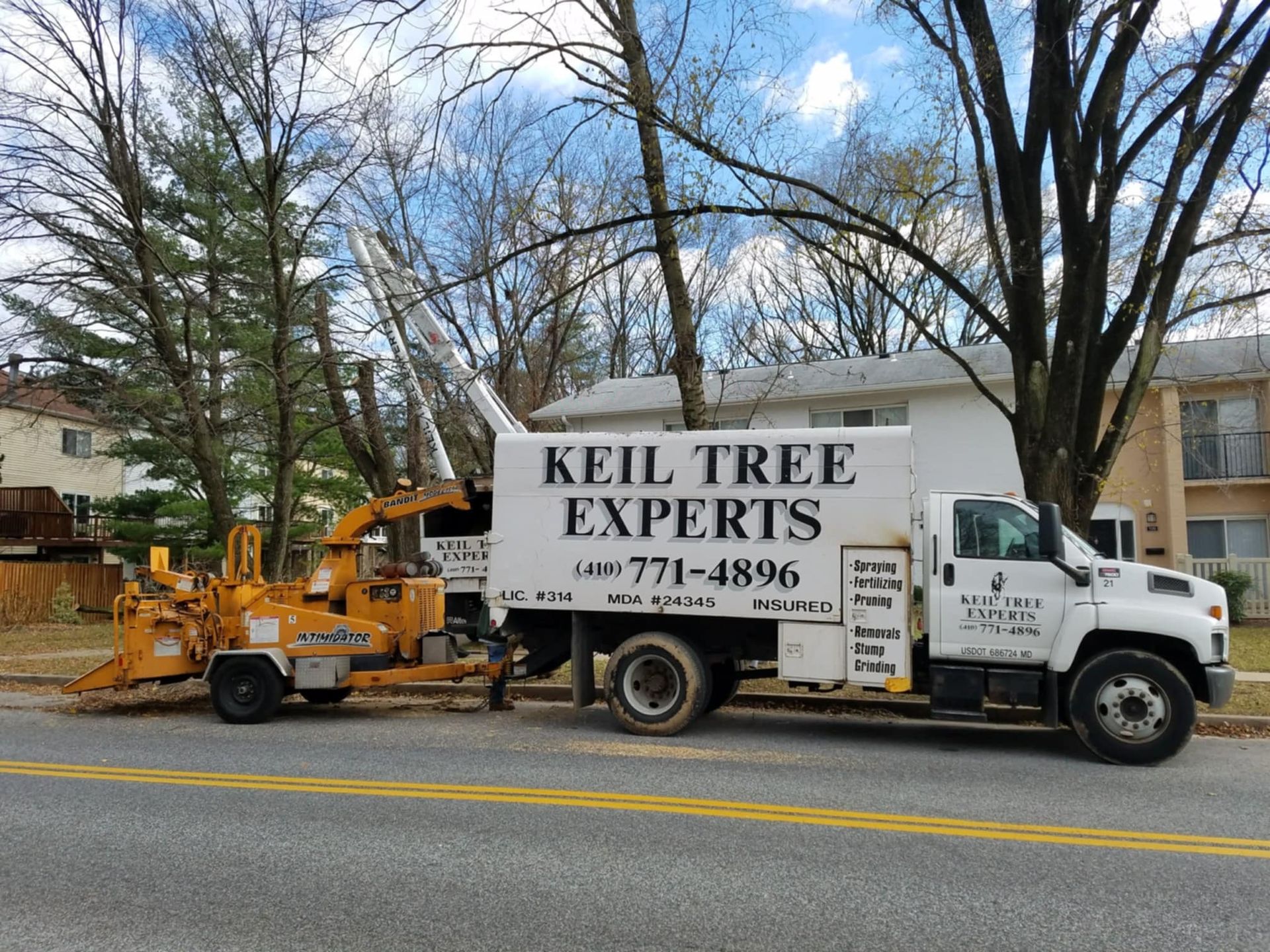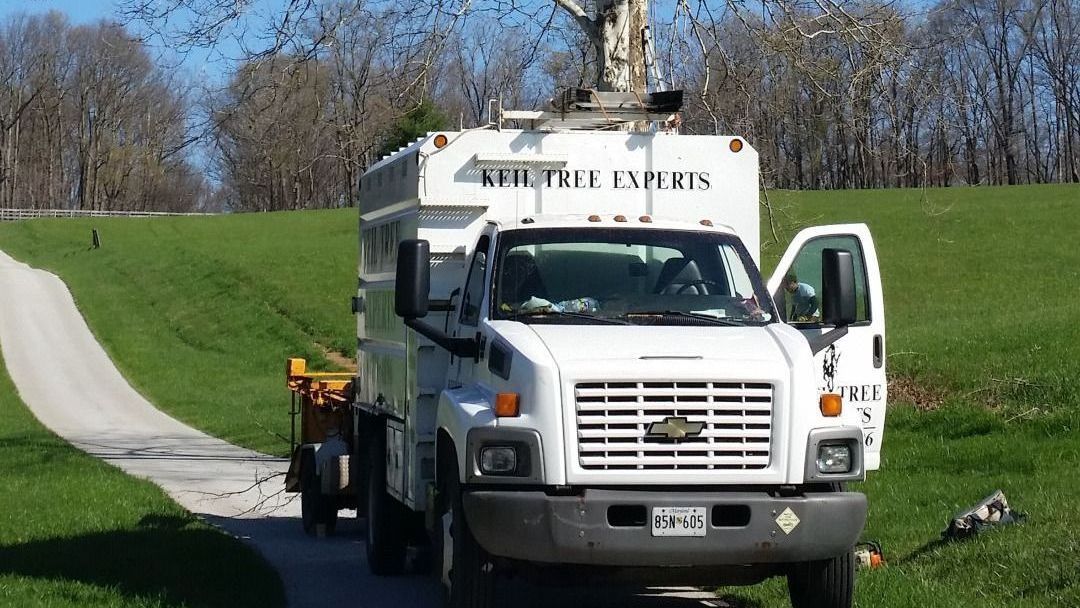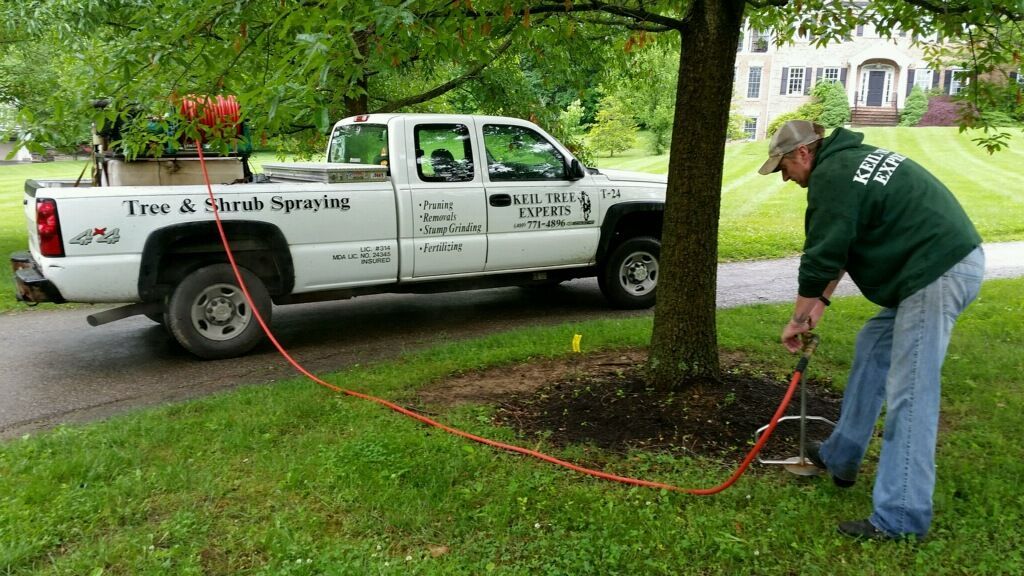Winter Snowstorms and Their Toll on Trees: When Tree Removal Becomes Essential in Baltimore & Bel Air, MD
Winter Snowstorms and Their Toll on Trees: When Tree Removal Becomes Essential in Baltimore & Bel Air, MD
As we’ve seen in recent weeks, winter storms have been hitting the Maryland region with an intensity that has many of us bracing for more. Heavy snowfall and freezing temperatures often come hand-in-hand with the season, but they can also have significant impacts on the trees around our homes and properties. Whether you're in Baltimore, Bel Air, or another part of Maryland, if you've recently experienced the snowstorm, you might need to think about how the weather could affect the health of your trees—and whether you may need a
tree removal in Baltimore, MD or
tree removal in Bel Air, MD.

Why Winter Snowstorms Are Hard on Trees
Snow and ice bring some beautiful winter scenery, but the weight of the snow, especially when combined with freezing rain or sleet, can cause serious damage to trees. Here are some common tree issues that arise during or after winter snowstorms:
1. Snow Accumulation on Branches
When snow accumulates on branches, it adds significant weight to the tree structure. Branches that are already weak, diseased, or damaged may not be able to bear the extra load. These branches can break off and cause injury to surrounding trees, structures, or even people. In some cases, the entire tree may collapse if the damage is severe enough.
2. Ice Buildup
In addition to snow, freezing rain can coat branches with a layer of ice. Ice is much heavier than snow, and the added weight can easily snap branches. Trees that are already stressed due to age, disease, or pest infestations are especially vulnerable to ice damage.
3. Brittle and Weak Wood
Older trees or trees with existing structural weaknesses are at a higher risk during storms. Storms can exacerbate underlying issues like rot or hollow trunks. As the snow and ice accumulate, the weakened areas may fail entirely, resulting in fallen branches or, in extreme cases, the need to remove the entire tree.
4. Leaning Trees
If a tree was already leaning or showing signs of instability, snowstorms can accelerate its collapse. The weight of the snow or ice can push an already-tilted tree further out of balance, causing it to fall unexpectedly.
How to Tell if Your Tree is at Risk
In the wake of a winter storm, it’s important to assess the condition of your trees. Here’s what to look out for:
Broken or Bent Branches:
If you see branches that are visibly cracked or bent, this could be a sign that they are structurally compromised.
Leaning or Tilting Trees: If a tree has developed a lean after the storm, it could indicate that its roots are no longer stable.
Hollow or Diseased Areas: Check for hollow spots or areas with peeling bark or fungus growth. These could be signs of disease or rot.
Excessive Snow or Ice Accumulation: Trees with too much snow or ice weighing down their branches are at risk. Consider knocking some of the snow off to reduce the load, but be gentle to avoid damaging the branches further.
Why Tree Removal May Be Necessary
Sometimes, despite your best efforts at pruning or trimming, the damage from a snowstorm can be too much to repair. Here are some reasons why tree removal might be necessary in the aftermath of a storm:
Severe Structural Damage: If a tree has lost large branches or suffered severe structural damage, it may no longer be safe. A tree that’s unstable or top-heavy could fall at any time, posing a risk to your property, power lines, or people in the area.
Tree Health: After a storm, trees that are left damaged or stressed are more vulnerable to disease or pests. If the damage is significant, it could compromise the tree’s overall health, leading to further decline.
Safety Concerns: If a tree or large branches are leaning dangerously close to your home, garage, or other structures, it’s important to remove them before they fall, especially if the forecast calls for more storms.
What to Do After a Snowstorm
If you suspect that one of your trees may be in danger after a snowstorm, it’s a good idea to consult with a professional tree expert. At Keil Tree Experts, we have the experience and equipment to properly assess tree damage, provide expert recommendations, and safely remove or prune trees when necessary. Whether you're in Baltimore, Bel Air, or the surrounding areas, we are here to help keep your property safe during the winter months. To learn more goto https://friendsoftrees.org/news-resources/tree-care-guide/.
Our Tree Services Include:
Tree Removal: If your tree is too damaged to recover, we’ll safely remove it, making sure your property is protected in the process.
Tree Pruning: We can prune damaged branches to help your tree recover, or remove deadwood to prevent further breakage.
Emergency Storm Damage Services:
After a snowstorm, we offer emergency tree removal and damage assessment to quickly address any immediate concerns.
Conclusion
Winter snowstorms are a beautiful part of the Maryland season, but they also pose significant risks to the health and safety of your trees. If your trees have been damaged during recent storms, it’s crucial to address the issue before it becomes a bigger problem. Don’t wait until a branch falls or a tree becomes a hazard—contact Keil Tree Experts for a thorough assessment and professional tree removal services. We're here to help keep your property safe and your trees healthy, no matter what the weather brings!
Stay safe, and remember—if you suspect your tree is in danger, it’s always better to be proactive than reactive when it comes to tree removal and care.

